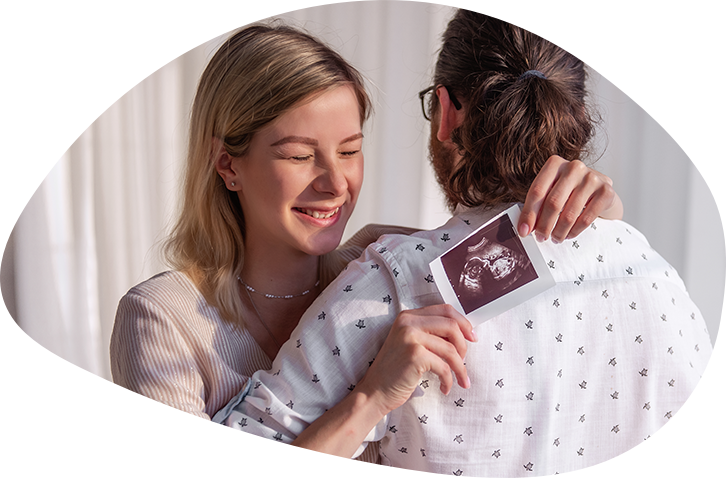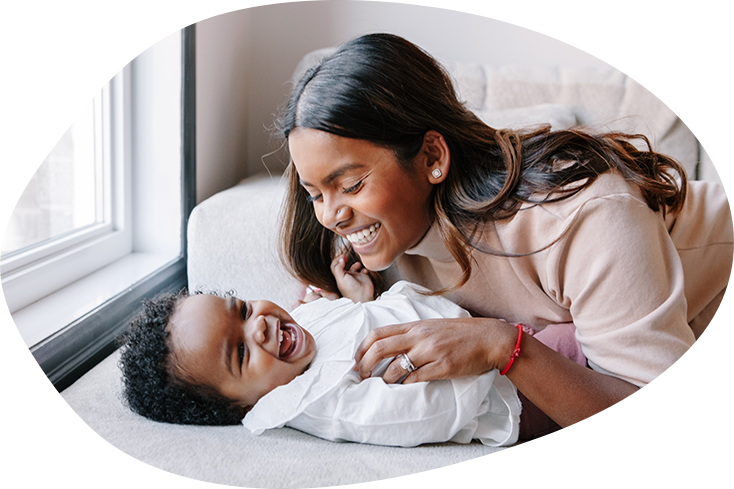Stem Cell Treatment & Stimulation
To stimulate better egg production, he injected stem cells into the ovary. Subsequent stimulation produced more eggs and created a higher level of anti-müllerian hormone (AMH).
Dr. Friberg’s interest in stem cells and associated treatments has led to the utilization of a fascinating, relatively unknown cell product called “exosomes.” These are cell particles released from stem cells into the bloodstream. Exosomes contain both RNA’s and growth factors, including anti-inflammatory and immune-modulating molecules, that control all cellular functions in the human body.
Successfully used by physicians in the fields of orthopedic surgery, oral surgery, cosmetic surgery and neurology to treat inflammatory conditions and autoimmune diseases, Dr. Friberg uses exosomes to augment egg production in poor IVF responders and to stimulate sperm production in azoospermic (non-sperm-producing) men and men with low sperm counts.
Exosomes may also stimulate the thickness of the endometrial lining in IVF patients and improve implantation success. In addition, intrauterine application of exosomes can correct endometrial atresia and Asherman’s Syndrome.

Understanding Stem Cell Stimulation
In the field of fertility, stimulation from cytokines and growth factors from stem cells can initiate reactions that activate oogomia (an immature female reproductive cell) and spermatogonia (an immature male reproductive cell) in vitro and in vivo to develop into mature sperm and eggs that can be fertilized, developed and made to mature into sperm and eggs that can create normal fertility offspring.
Friberg Fertility One of the First to Offer Stem Cell Stimulation to Improve Fertility
You can learn more about our research study on this here.
We also intend to use the same techniques to stimulate sperm production in men with non-obstructive azoospermia (failure to produce sperm) or cryptozoospermia (sperm count less than one million spermatozoa) to obtain enough sperm to be able to perform IVF with intracytoplasmic sperm injection (ICSI) or even get the sperm count up to achieve natural conception.

Gonatotropin Treatment for Ovulation and Fertility
How Gonatotropin Treatment Works
- These hormones are peptides and must be injected, preferably subcutaneously (under the skin). The injections are started in the first few days of the menstrual cycle while menstruation is still ongoing. The injections are given daily and monitored with sonogram and hormone analysis.
- When estrogen levels increase and the follicles have reached around 12 cm in diameter, the LH is suppressed with different medications, and stimulation is continued until the leading follicle(s) has reached a diameter of about 18 mm.
- Then, ovulation is triggered, and we ask the patient to have intercourse and/or an intrauterine or intratubal insemination (IUI) performed around the time of the egg release that can be monitored by sonogram. Adding IUI increases the pregnancy rate considerably compared to only sex.